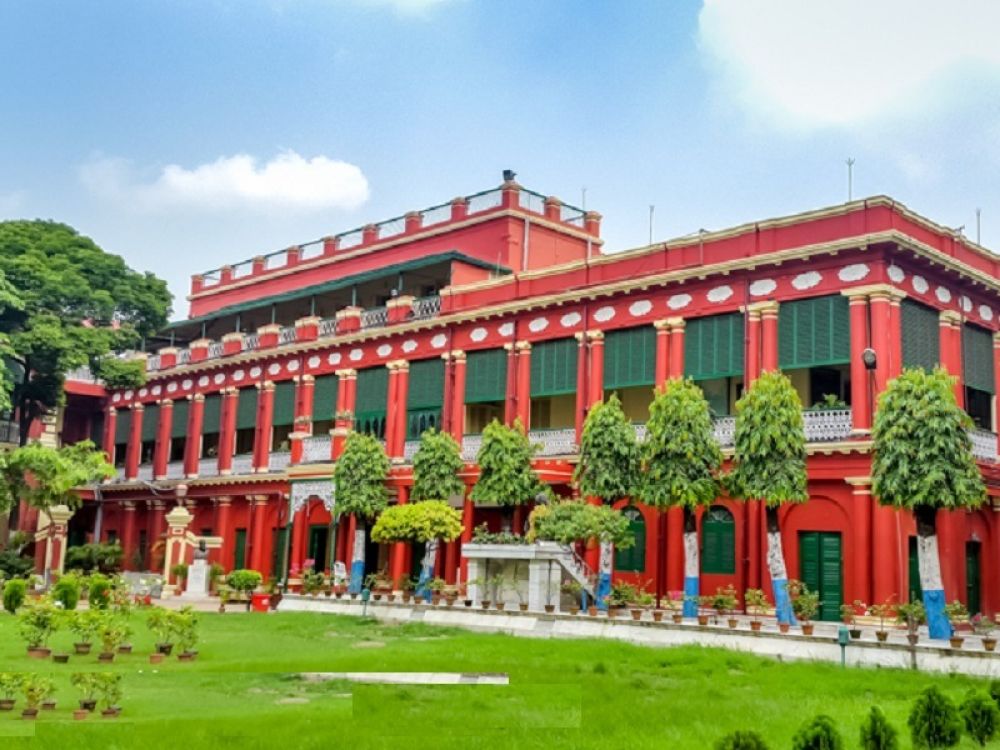

The Jorasanko Thakurbari, also known as the Tagore House, is deeply embedded in the cultural and intellectual history of Kolkata and Bengal at large. It is the ancestral home of the illustrious Tagore family and the birthplace of Rabindranath Tagore, the first non-European Nobel laureate in Literature.
The house was built in the 18th century by Prince Dwarkanath Tagore, Rabindranath Tagore's grandfather. It quickly turned into a hub for cultural and political activity during the Bengal Renaissance in the 19th and early 20th centuries.
Rabindranath Tagore was born here on 7th May 1861 and spent most of his childhood. His literary works, art, and music emanate from the experiences and influences he had at the Jorasanko Thakurbari.
Tourism at Jorasanko Thakurbari has evolved over time, initially attracting scholars and admirers of Tagore’s works. Post-Independence, the place gained prominence as a heritage site, signifying national pride. The house was restored and turned into a museum dedicated to the life and works of the Tagore family - the Rabindra Bharati Museum.
The museum not only showcases Tagore's work but also gives visitors a glimpse into the lifestyle of the Bengali elite of the 19th century. With galleries dedicated to different family members, there's a breadth of history and art to absorb.
In recent years, there has been a significant uptick in cultural tourism, with visitors seeking to experience the rich heritage of Kolkata. Interactive tours, cultural events, and educational programs have become a core part of the tourism offering at Jorasanko Thakurbari.
Every year, particularly on Tagore’s birthday, the house becomes a pilgrimage spot for countless admirers who come to partake in the cultural events and pay homage to the bard.
The management has also embraced modern technology, offering virtual tours and digital archives, making the Tagore House accessible to a broader audience worldwide.
As a site of immense historical and cultural value, the Jorasanko Thakurbari continues to inspire and educate visitors. Its preservation and promotion as a centerpiece of Bengal's heritage ensure that the legacy of the Tagore family remains well and alive in the heart of Kolkata.